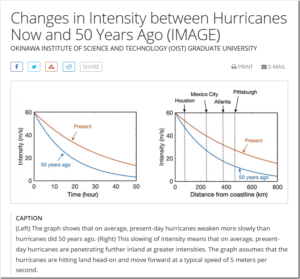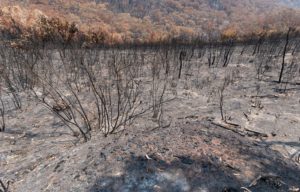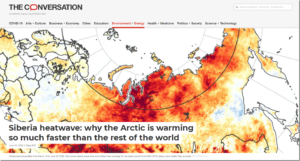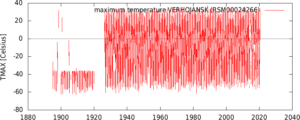by P. Homewood, Jan 18, 3021 in NotaLotofPeopleknowThat
Many of you will be familiar with the work of Bob Tisdale over the years, concerning the mechanism of ENSO (ie El Ninos and La Ninas) and its effects on climate.
His seminal series of videos, recorded in 2012 is still on YouTube, and is still highly relevant.
Above is Part 1, which is worth sticking with all the way through, but otherwise the first 8 minutes is definitely worth a watch. Nothing has effectively changed since 2012, and Bob’s conclusions are still relevant and valid.
As well as explaining what exactly drives El Ninos and La Ninas, he makes some significant points:
-
Worldwide sea surface temperature trends since 1980 show no correlation with GHGs (see chart below)
-
Instead they exhibit a series of step changes up, which follow the major El Nino events of 1982/83, 1987/88 and 1997/98
-
Contrary to popular belief, global SSTs do not drop during La Nina episodes. This is because El Ninos transfer a vast amount of warm, subsurface water to the surface, where it remains during La Nina.
-
Some of this warm water in the East Pacific finds its way into the West Pacific and Indian Oceans. But through a process called teleconnection, SSTs is the Atlantic, where there is no direct connection, also rise and exhibit the same step changes.
-
Between major El Nino events, SSTs outside the East Pacific do not rise.
-
In the East Pacific, there has been no trend increase in SST at all since 1980.
….













